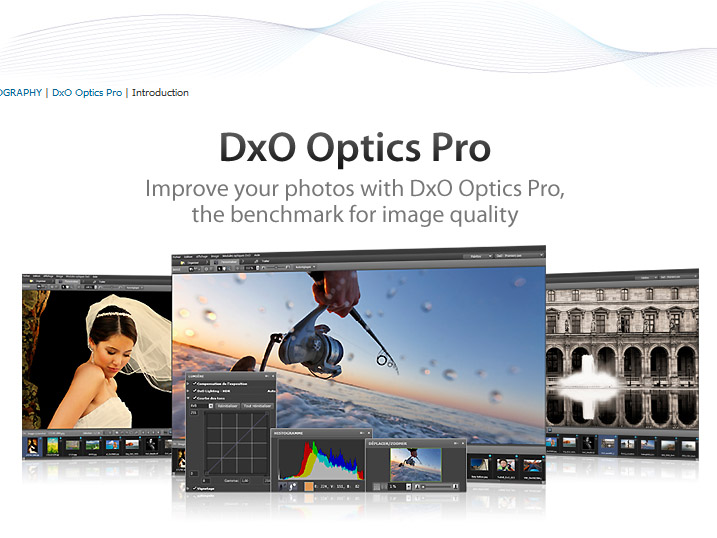

The former includes compact, bridge and DSLRs, while the Elite includes additional models and high end DSLRs. The software is available in two editions: Standard ($169) and Elite ($299). The first time I opened an image in Optics Pro 9, a prompt popped up so I could download the module for the Nikon 70-200mm f/2.8 lens I used for that specific image.

Improved highlight recovery, better color rendering and access to a huge number of lens and camera modules for more accurate corrections are available. As always, there’s a tradeoff between getting rid of image noise and keeping details but-so far-I think DxO has found a good balance between the two. I haven’t tested it extensively yet but, at first glance, it seems to be effective at cutting back on high ISO image noise while maintaining detail.

RAW images will benefit from Optics Pro 9’s new PRIME noise reduction technology, which DxO promises gains one stop over previous versions of the software. Tips and explanations for each of segment of the toolbar can be accessed by a single click, so even first-timers and novices will be up and running in very little time. It’s sleek, attractive and easy to navigate. Users will find a larger vertical workspace and more convenient organization of tools, but Mac users will be especially pleased at the darker interface, which helps set off the image(s) being viewed. There are a number of feature and performance enhancements too that-given the brief time I’ve been working with the software-seem to work well. Likewise, the new export system now supports image processing on the fly (so you no longer have to wait for the system to do its thing before returning to other work). Now in version 9, the application has undergone some changes that including a revamped user interface, a new noise processing engine, 30 new presets and the ability to continue to work on images while others are processing in the background. DxO recently released the latest version of its Optics Pro software.


 0 kommentar(er)
0 kommentar(er)
